Lesson 16 - Please stand
When giving commands, it is always polite to say please. Please is kudasai. You always attach kudasai to the end of a sentence in order to say it politely. In order to give a simple command, add a verb before it. You will learn several new verbs in this lesson that you can attach kudasai onto in order to give commands.
The first one is tatte kudasai, which means "please stand" and the opposite suwatte kudasai, which means "please sit". Next we have "please listen", which is kiite kudasai, and "please look", which is mite kudasai. The next two are yonde kudasai or "please read", and "please write" is kaite kudasai. Kite kudasai (not to be confused with kiite) means "please come". Shimete kudasai means "please close" while akete kudasai means "please open".
The next one is a bit confusing. It is itte kudasai which either means "please go" or "please say", depending on the particle before it. If it has the particle o written before it, it means "please say" but if it has the ni particle, it means "please go". You did not learn the o and ni particles yet, but you will soon, so just remember that for future reference.
Please note that you cannot use kudasai alone to say please; it only works with a verb. To say please, you would say onegai shimasu, but that will be covered more later.
| Japanese | Romaji | English |
|---|---|---|
| 立ってください | Tatte kudasai | Please stand |
| 座ってください | Suwatte kudasai | Please sit |
| 聞いてください | Kiite kudasai | Please listen |
| 見てください | Mite kudasai | Please look |
| 呼んでください | Yonde kudasai | Please read |
| 書いてください | Kaite kudasai | Please write |
| 来てください | Kite kudasai | Please come |
| 閉めてください | Shimete kudasai | Please close |
| 明けてください | Akete kudasai | Please open |
| 行ってください | Itte kudasai | Please go / Please say |
| 下さい | Kudasai | (When attached to a verb) Please |
| お願いします | Onegai shimasu | Please (polite) |
